
by Ferne Arfin 16 July 2020
Notre Dame de Reims:
Gothic survivor and cathedral of kings
Reims Cathedral, Notre Dame de Reims, is one of the world’s great masterpieces of Gothic architecture. It’s also a battle-scarred survivor with more facelifts to its name than Dolly Parton.
~
Reims Cathedral sits on the spot where French kings were crowned for nearly 900 years. It’s the centrepiece of a collection of ecclesiastical buildings that, together, make up one of the city’s two UNESCO World Heritage sites. (Its position as the Capital of Champagne is the other).
In its current incarnation, it may be about 50 years younger than Notre Dame in Paris. But Reims Cathedral is larger and was at the heart of Christian Europe more than 700 years before the Paris cathedral was built.
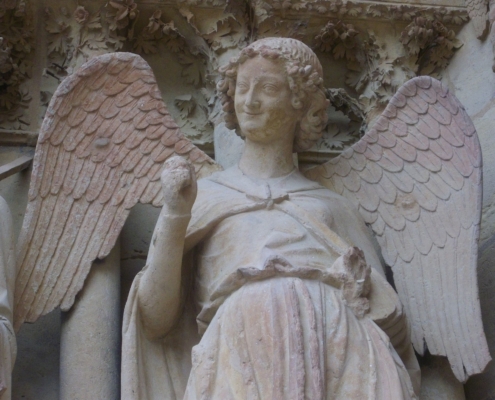
Smiling Angel of Reims Cathedral lost his head in World War II and its restoration became a local cause celebre and an icon of the city. photo public domain, Wikimedia Commons
More than 2,300 statues march across its facades, including a gallery of 56 kings. There are a variety of biblical scenes, and a gently smiling angel that, after it lost its head in 1914 to German shrapnel, became an icon of the city.
But the most remarkable thing about Reims Cathedral is that it is standing at all.
Origins of Reims Cathedral
The first Cathedral of Reims was founded in 401 by an early bishop, St Nicasius, who was beheaded by the Vandals a few years later. The site may have already been sacred as it was thought to be the location of Gallo-Roman baths which were usually associated with Roman shrines.
In 496 (thereabouts – the dates come from early chronicler writing half a millennium later) St Remi, the apostle to the Franks, baptised Clovis, the first king of all the Franks, and 3,000 of is followers in that first cathedral. Through his conquests of other Frankish tribes, Clovis founded the dynasty that ultimately led to the unification of France under a single monarch.
Later, Clovis was crowned here and the cathedral received papal permission to anoint future kings. In 1226, after he was crowned at Reims, twelve-year-old boy-king Louise IX declared that all future French kings would be crowned at Notre Dame de Reims. In all, that included 33 French monarchs. The last was Charles X in 1825.
On again off again, Reims Cathedral rises and falls
The church survived several centuries of building, destruction, fires and rebuilding:
- In the 10th century, during excavations, the crypt of an ancient church – predating even the original cathedral of 401 – was discovered beneath the altar. The restored and rededicated crypt that now stand beneath the main altar of Notre Dame de Reims has been there for 15 centuries.
- In the 12th century, an ambitious archbishop demolished the church’s facade and a nearby tower in order to build something grander. His towers had barely been completed when, in 1210, the whole thing burned down. Work began on a new cathedral almost immediately, in 1211. But that was not the end of Reims Cathedral’s troubles. In 1233, a town and gown dispute between locals and clergy turned into bloody riots – work and all worship in Reims was suspended for three years. Four architects and 65 years later, the basic structure of the cathedral was finished.
- In the 14th century, During the 100 Years War, the English lay siege to Reims and its cathedral but failed to capture it. Then, in 1415, the English victory at Agincourt put this part of France under English rule for 14 years, It was liberated by Joan of Arc in 1429.

Equestrian statue of St Joan of Arc outside Reims Cathedral. Joan’s sword regularly gets stolen or bent and is frequently replaced. photo by Trent Strohm, ccl
- In 1481 a roof fire caused extensive damage to the framework and the central bell tower. Lead from the roof melted and rained down on the galleries below.
- During the French Revolution, Notre Dame de Reims was, remarkably, nearly unscathed. Statues and gates were broken.
- In the 18th century, an angel atop the bell tower was sent flying during a storm
- And in World War I, the cathedral took 300 direct hits from German artillery. Restoration took 40 years and buckets of Rockefeller money.
Yet through it all, the cathedral’s 806-year-old gothic bones remain virtually intact, its façade a medieval masterpiece. Try to see it lit up at night when the wildly exuberant creativity of centuries of stone carvers dazzles in the spotlights like giddy champagne bubbles frozen in stone.
More pictures of Reims Cathedral
Try to see it after dark when the wildly exuberant creativity of centuries of stone carvers dazzles in the spotlights like giddy champagne bubbles frozen in stone.
What to look for
Among the figures and scenes that make up the facades of Reims Cathedral, look for:
- The gallery of kings – The kings of France and the biblical predecessors of Christ are unidentified, so the 56 statues probably provide a great guessing game for scholars of iconography and religious symbolism. The central figures depict the baptism of Clovis I by St Remi.
- David and Goliath – The biblical battle plays across a frieze above the great Rose Window on the West front
- The Portal Statues – Christ, with the sun above him, crowns Mary above the central west front portal. The right portal displays the Last Judgement and the Crucifixion is shown above the left.
- The reverse of the facade – In a feature that’s unique in Gothic architecture, the inside of the west front is lined with 52 figures that illustrate biblical stories and royal duties. The scenes were meant to remind newly-crowned monarchs of their responsibilities and sacred vows following their coronations.
- The stained glass – The cathedral’s windows were seriously damaged by the WWI bombardment but the Rose Window has been restored and among the replacement windows are contemporary stained glass by Marc Chagall and Imi Knoebel.
The Reims UNESCO World Heritage site includes several other ecclesiastical buildings. The following are worth exploring too.
Palais du Tau
The former Archbishop’s residence, known as the Palais du Tau, joins the south side of the Cathedral. Since at least 1138 it has taken its unusual name, tau (the Greek letter t) from the layout of its original floor plan in the shape of a T. Though, to all outward appearances, the palace is a 17th-century building in a classical style, that is only a facade. The bones of the original structures, going all the way back to the early middle ages, still stand and are visible in some parts of the palace.
The palace was created in the 8th century on the site of a Gallo-Roman mansion, it was rebuilt in an elaborate Gothic style in around 1500. Though reconstructed after war damage in the 20th century, the vaulted, arched main hall and some of the decor reproduces the original, early 16th century palace.
After the French Revolution, the palace was used as a military barracks, a court, a prison and, for a while, even as a stock exchange. It was restored in the early 19th century for France’s short-lived revival of the monarchy and the coronation of Charles X. It finally became a museum in 1972.
What to see in the Palais du Tau
The palace museum contains a variety of treasures associated with the cathedral and well worth seeing. 16th-century tapestries depict the life of Clovis I. Original carvings from the West Front of the cathedral, replaced with reproductions after war damage, include the group of figures from the Coronation of Mary that appears above the main portal.
Several precious objects from the cathedral treasury include:
- Charlemagne’s talisman, a 9th century carved and jewelled reliquary pendant. Traditionally believed to be the only physical object directly connected with the first Holy Roman Emperor.
- St Remi’s chalice. The chalice, a 12th-century object of gold and jewels, was used in the coronation of French kings. It was said to have been made from pieces of a vase, broken by one of Clovis’s soldiers. The event, The Incident of the Vase of Soissons, is an important story in the hagiography of Clovis and his conversion to Christianity.
- The Reliquary of the Sainte Ampoule, a 19th-century silver gilt casket that was made in 1825 in time for the coronation of Charles X. It held a few glass fragments and some of the oil from the Sainte Ampoule, used in French coronations. According to legend, a dove carrying the phial descended from heaven just in time for St. Remi to use the oil to christen Clovis. What is more likely is that the ancient Roman glass phial was found in Reims in time to be used for the crowning of King Louis VII in 1138. The miraculous story came after. The phial itself was smashed, in public view during the French Revolution, but the day before several local and church officials had emptied it of its contents and saved some of the glass fragments.
Palais du Tau and its treasures
The former Abbey and Basilica of St Remi
The Royal Abbey of St Remi was founded in the sixth century and once held the remains of St Remi, the Apostle to the Franks, as well as the Holy Ampulla that held the oil used to anoint French kings. Today, its 17th and 18th-century buildings are repurposed as the Musée Saint-Remi . Devoted to local archaeology and medieval art, It’s the place to visit to learn about the history of ancient and medieval Reims. The Basilica of St Remi, nearby, is a medieval abbey church built over the chapel where St Remi was buried. It is the largest Romanesque church in northern France. Made part of the UNESCO World Heritage site in the 1990s, it has been a French historic monument since the mid 19th century.
Like this post? Please pin and save
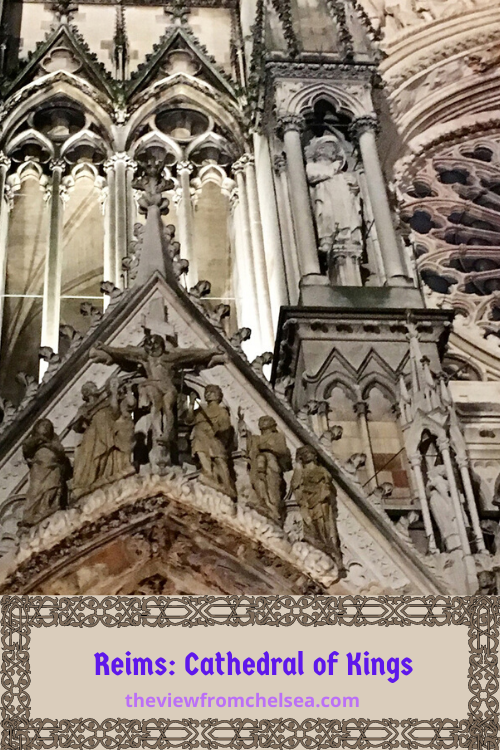

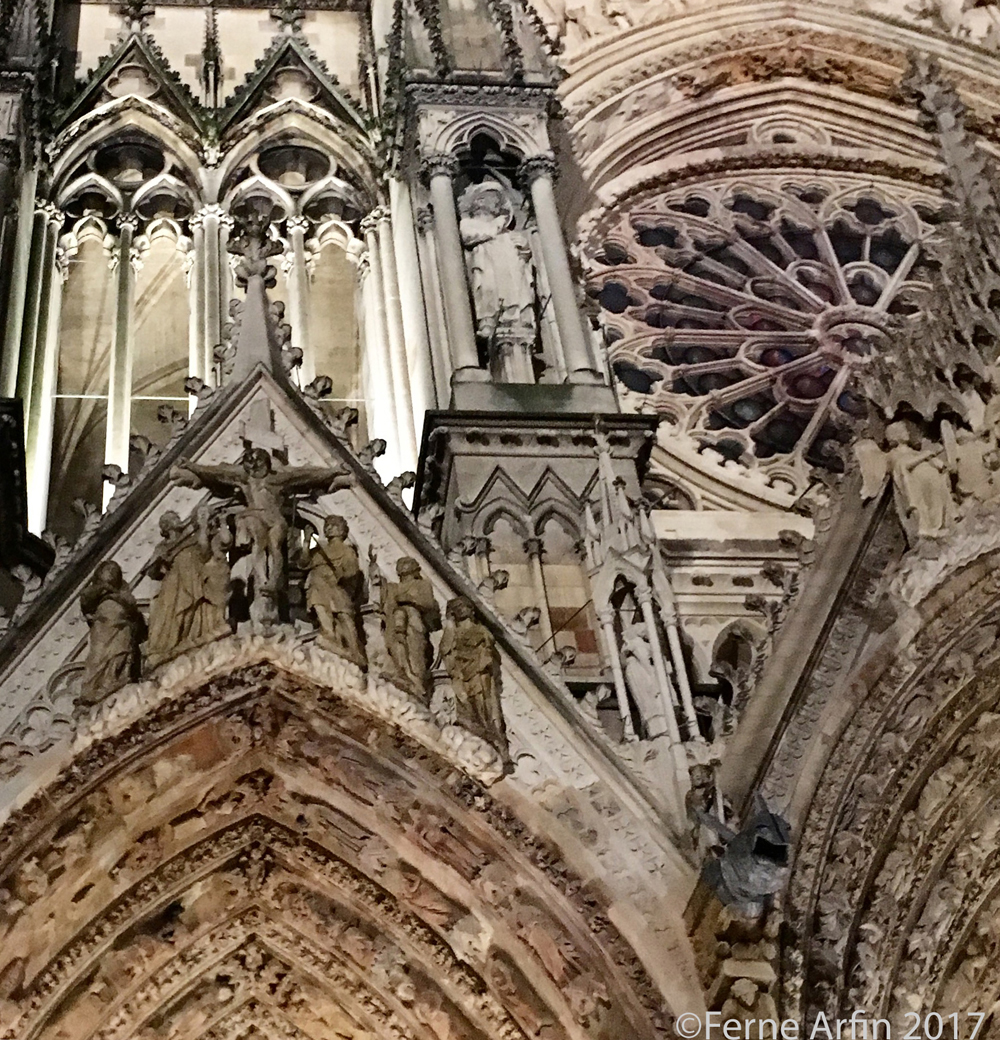
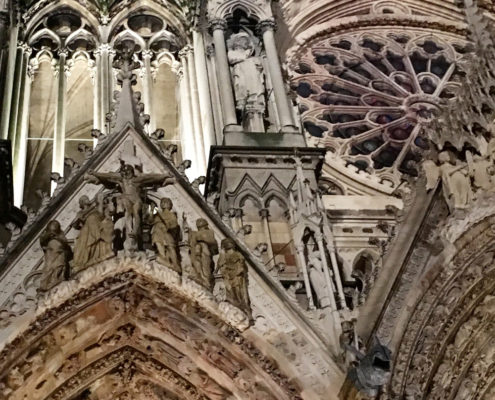
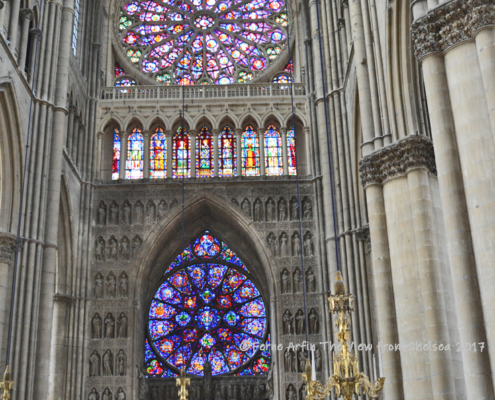
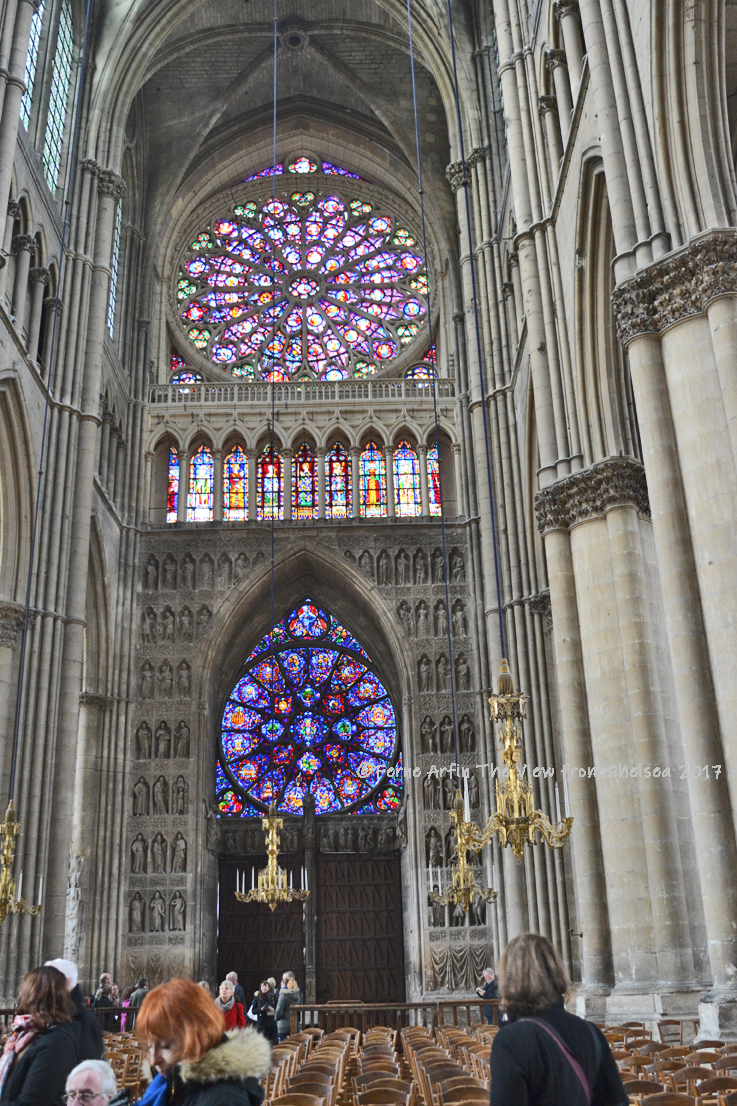
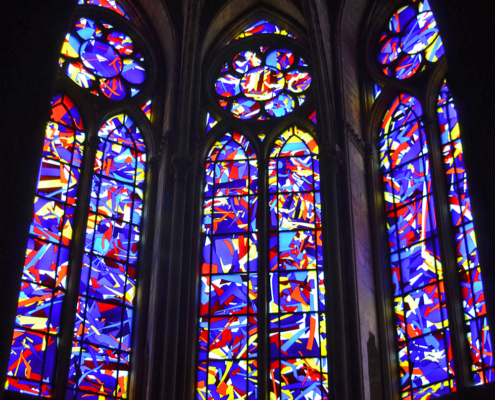
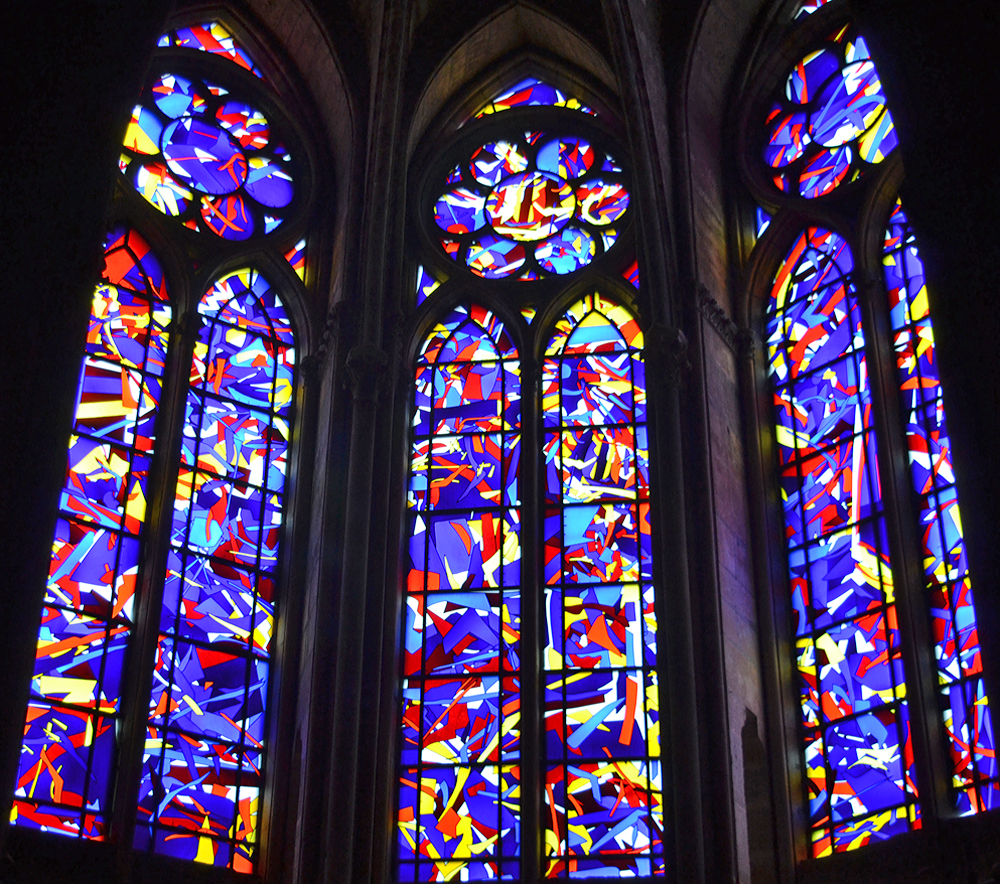
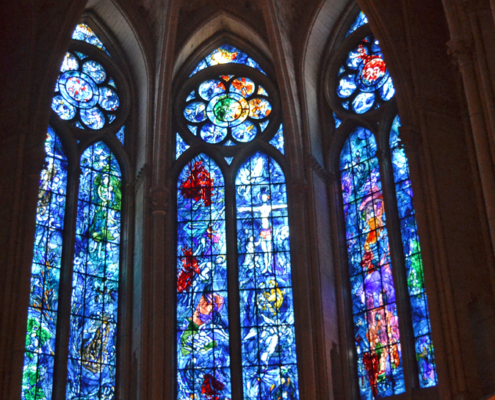
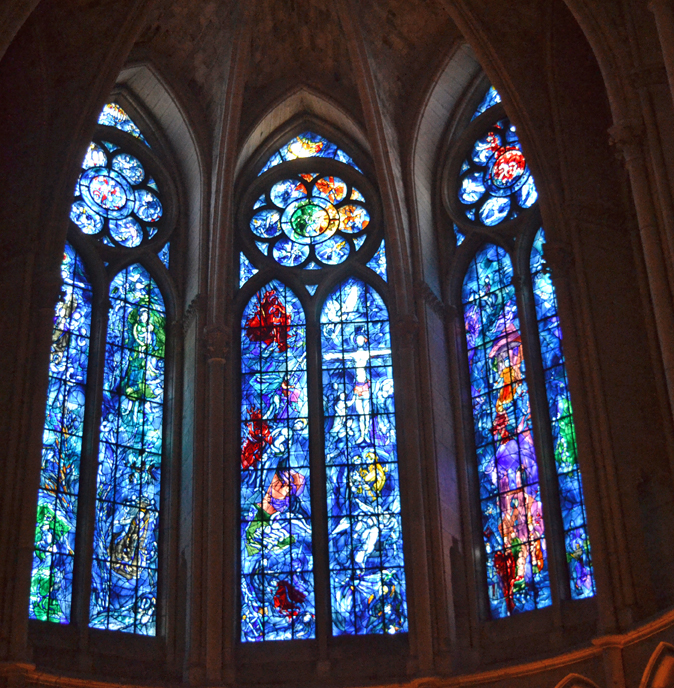
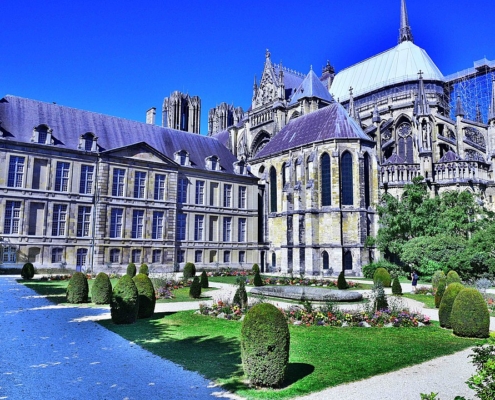
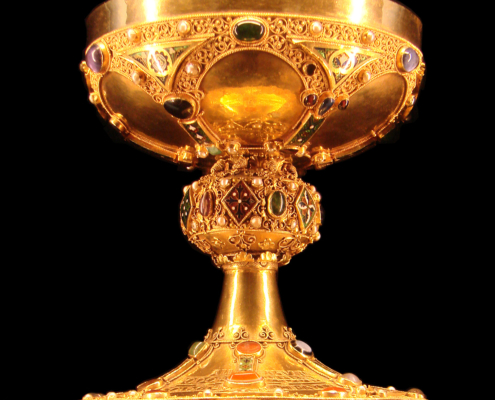
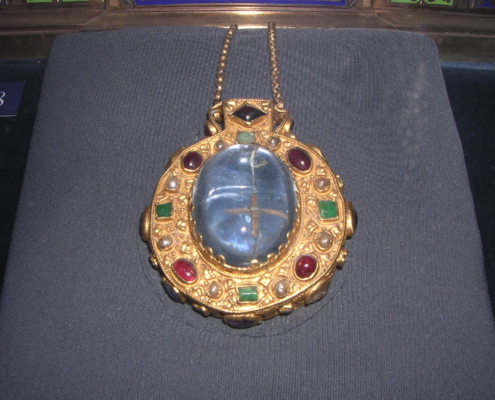
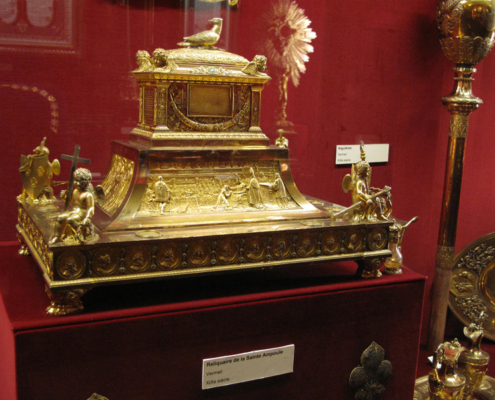
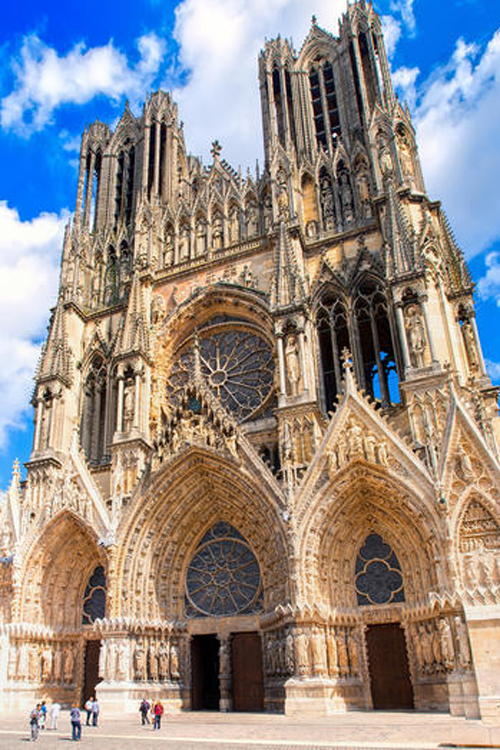



 Ferne Arfin 2020
Ferne Arfin 2020
Leave a Comment
What do you think?Please add your comments and suggestions here.